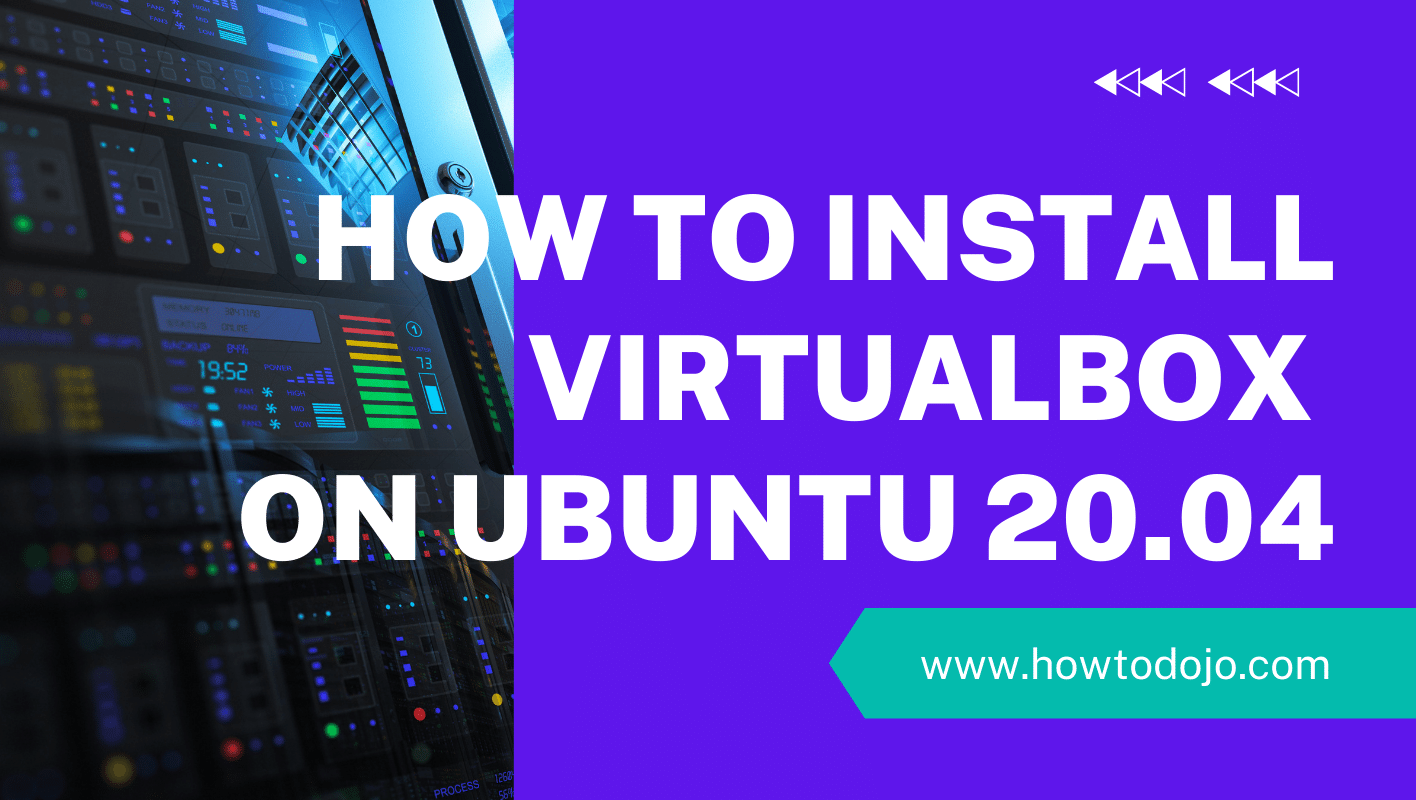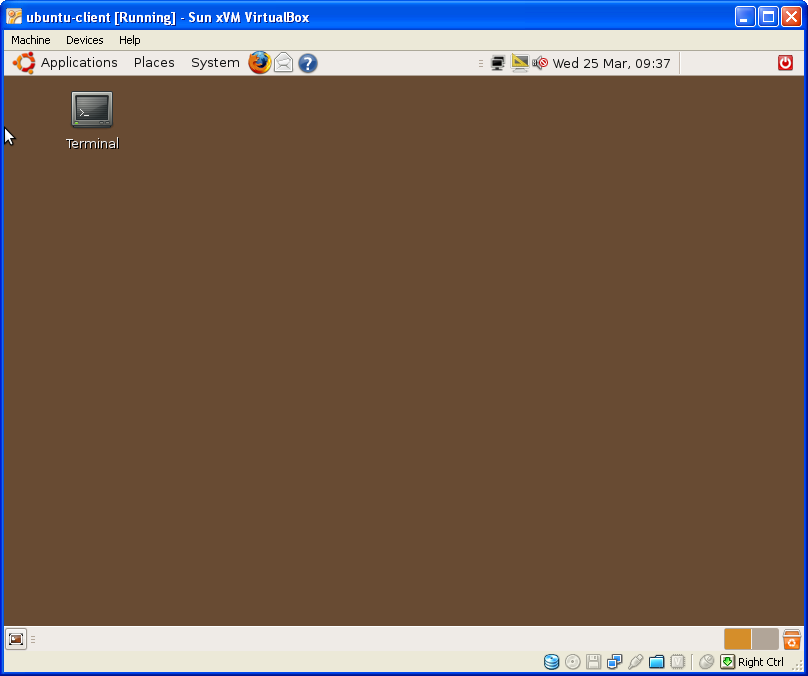

At the boot> prompt type set tty com0 then press Return twice. Modify the qemu parameters for your desired setup as far as disk configuration/network/etc.Īnd BTW, you can install OpenBSD (other BSD's?) in a similar fashion. Then type install console=ttyS0 or use one of the other boot options with console=ttyS0 appended (press tab to list). Qemu-system-x86_64 -machine accel=kvm -m 1G -nographic -hda debian.qcow2 -boot d -cdrom debian-11.2.0-amd64-netinst.isoĪs soon as it starts quickly press ESC ( or CTRL+C works too) and you should get a boot: prompt. Qemu-img create -f qcow2 debian.qcow2 16G This assumes you have a Debian ISO installer image available here. Debian does work and I'll show how to use that. The deprecated Ubuntu mini.iso may work though. Ubuntu install ISO's seem to try to use a graphical mode no matter what you do. If you only want to use a text console then the choices will be more limited. Then you can connect to that VNC instance from another machine via ssh proxy or whatever and get a GUI that can install any supported OS. This is done with the -vnc command line option to QEMU. Rather than a pure text based approach another possibility is to start QEMU with a VNC server. # vboxmanage controlvm "$vm_name" poweroff -type headlessĪlthough the script uses VirtualBox, I am okay with QEMU or other software (as long as I can run arbitrary commands headlessly, transfer files from guest to host headlessly, and the kernel is virtualized).

# vboxmanage controlvm "$vm_name" resume -type headless # vboxmanage controlvm "$vm_name" pause -type headless # vboxmanage sharedfolder add "$vm_name" -name shared -hostpath "shared_path" -automount

Vboxmanage startvm "$vm_name" -type headless storagectl SATA -port 15 -type dvddrive \ This is the script I have so far that creates a virtual machine (VM) and starts it: vm_iso="ubuntu-server-20.04.iso" I am aiming for a text user interface (TUI)-only guest (to run commands, like apt-get update in guest), with a shared folder to host (to transfer files from guest to host). On a Ubuntu Desktop host, how can I install and run Ubuntu Server guest completely headlessly using a terminal/ vboxmanage? (this means no GUI at all, not even for the initial Ubuntu Server setup)


 0 kommentar(er)
0 kommentar(er)
